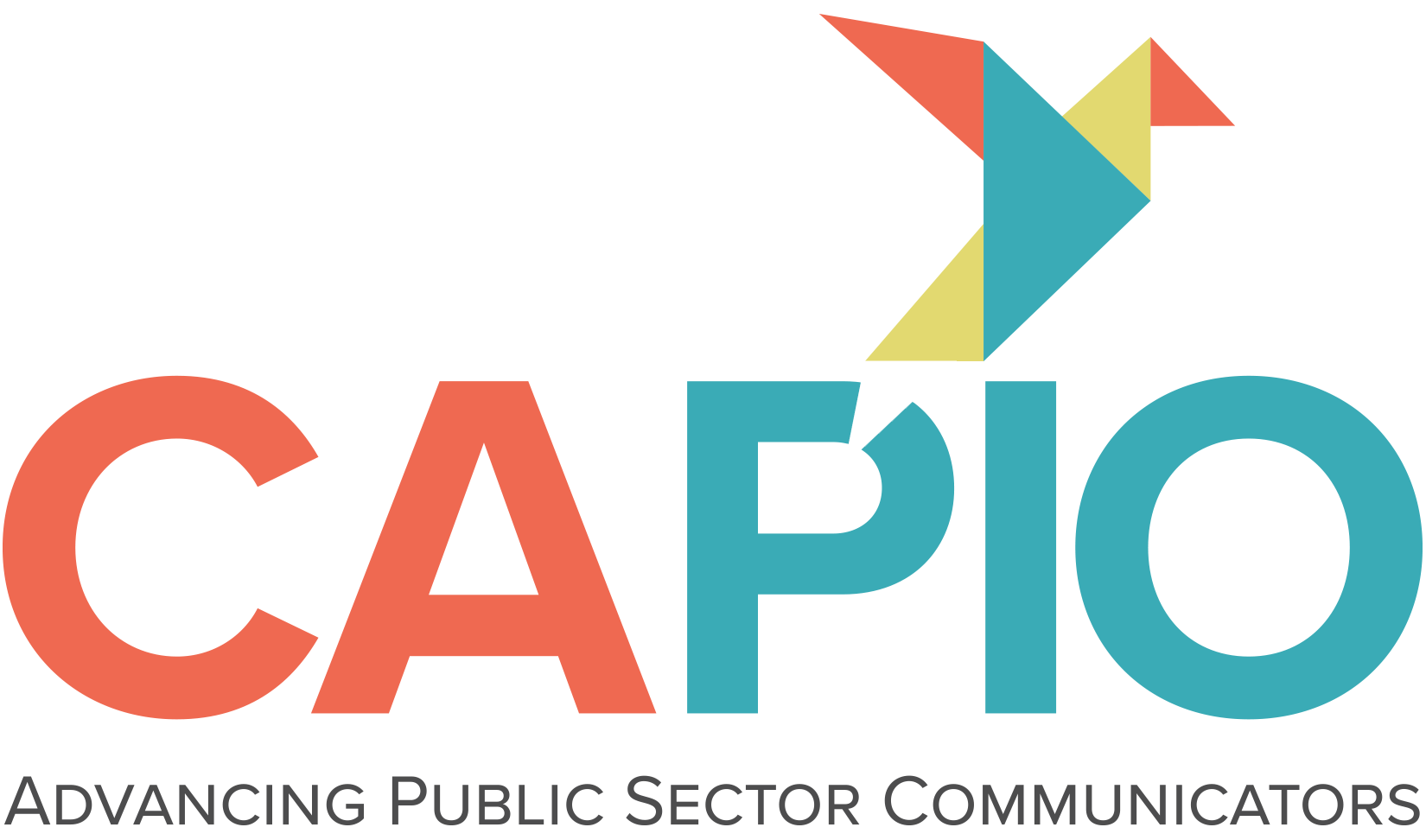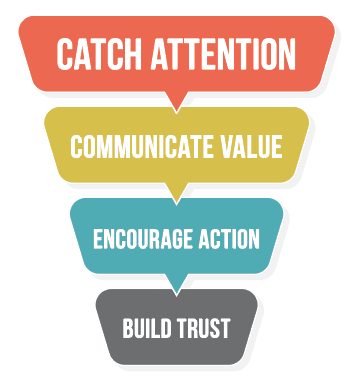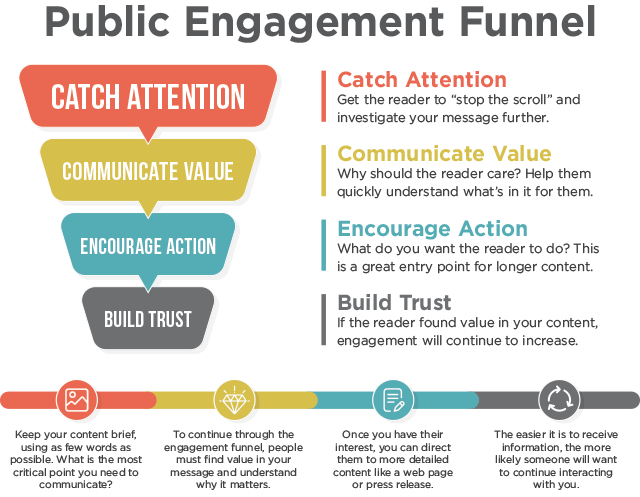Nobody is reading your press releases: utilizing a marketing mindset to engage your audience.
Nobody is reading your press releases.
Now that I’ve got your attention, I can correct that statement to say that not enough people read your press releases. You spend hours carefully selecting the perfect phrases to describe your new program before proofing the article with leadership and eagerly publishing it for all to admire. You notify dozens of news organizations, hoping they’ll pick up your story to gain additional exposure. You even shared it on Facebook. Alas, despite your efforts, you only achieved a mediocre result: the same handful of passionate, engaged residents read your content, but most still need to learn that your agency even exists.
Traditionally, public agencies have approached public interaction passively. Unlike private sector companies, citizens ‘must’ do business with us, so we expect our audience to seek out information rather than strategically placing our content before them. The outdated approach and limited resources produced a one-size-fits-all communications plan with little bandwidth for creativity. We wrote a press release, published it, and moved on to the next topic.
That strategy has slowly evolved in response to the growth of online content and mobile applications. We strengthened our websites, created email newsletters, and established ourselves on a few social media channels. We’re putting the content out there – why don’t we see better results?
We can look to the marketing industry for inspiration as we rethink our practice. Marketers use an engagement funnel to find customers. Starting with a broad awareness campaign, they use advertisements, social media posts, optimized web content, and other grassroots efforts to introduce a brand’s product or service. The initial goal is not to make a sale but to catch the person’s attention and “stop the scroll.”
As consumers become interested in the campaign, they progress further down the engagement funnel by following the company on social media, liking its posts, watching its ads, or visiting its website. If consumers trust the brand and believe the product or service can solve their problem, they enter the narrowest part of the engagement funnel: completing a purchase.
Note that rather than diving into a full sales pitch and lengthy content, the brand’s initial interaction is intentionally brief and heavily visual, often a graphic containing an attention-getting headline and a supporting image. In some cases, they don’t even include a call to action. Stripping the message down to a simple format allows the reader to quickly scan the graphic and determine if it’s worth taking a deeper look.
Recently, Facebook revealed that the average attention span on the platform is just about 2 seconds. Though this may sound a little extreme, let’s face it; people are distracted. They see thousands of daily messages – television commercials, billboards, branded packaging, direct mail, endless social media ads, and more. And that doesn’t begin to consider their busy schedules, overflowing inboxes, household chores, and all those fundraising requests from their child’s school. If we want our outreach to be effective, we must break through all this noise.
While public agencies aren’t promoting a retail product or service, we are, in many ways, selling the benefits of our programs, services, and initiatives to the local community. People will engage with our content if we catch their attention and help them understand how the program, service, or initiative will directly or indirectly benefit them. People are most interested in solving their problems and want to know, “what’s in it for me?” or, more simply, why should I care? As communicators, we can structure and present our content to answer these questions.
You want to give the audience a reason to “stop the scroll,”
engage with your content and take action, like visiting your
website, enrolling in a new program, attending a meeting, or even
reading your press release. As you consider how to utilize this
strategy, keep the following tips in mind:
1. Consider the public’s perspective. Why
should someone care about your program, service, or initiative?
What’s in it for them? How can you frame this benefit as an
attention-getting headline?
2. Help the audience quickly interpret the
message by supporting your headline with an image. According to
the University of Minnesota, the human brain can process images
up to 60,000 times faster than text.
3. When appropriate, include a call to action
to move them down the engagement funnel. You can direct them to
visit a related webpage, read an article, attend a public
meeting, or submit feedback.
If you enjoyed this article, the conversation continues at the 2023 CAPIO Conference. I’ll show you how a visual-first strategy catches attention, influences action, and helps you break through the noise during the Timeless Tips for Effective Visual Communication session on Wednesday, May 3.


